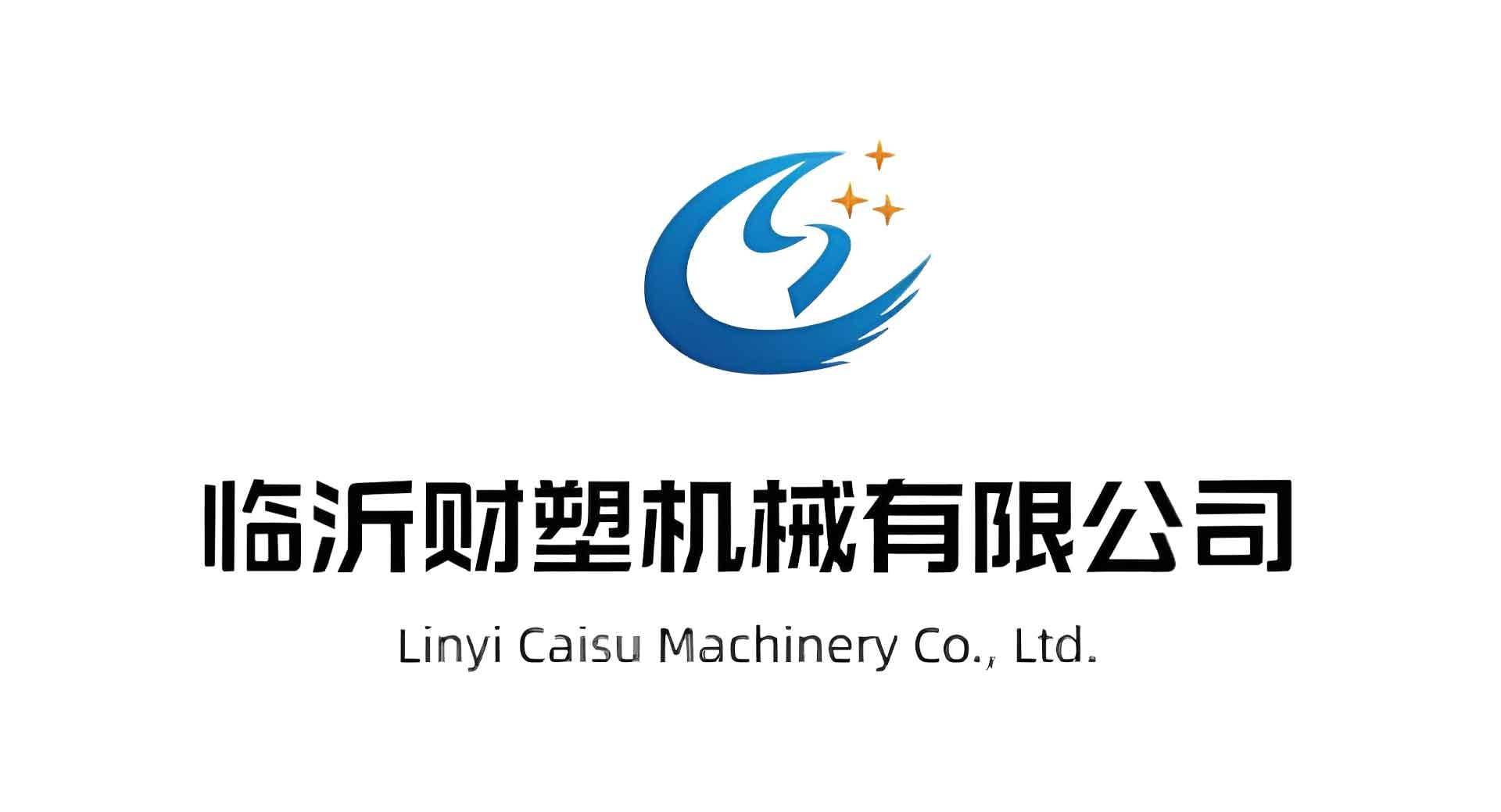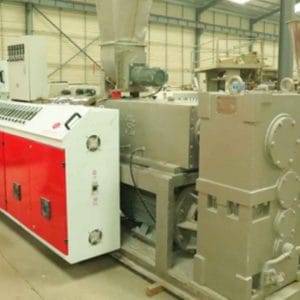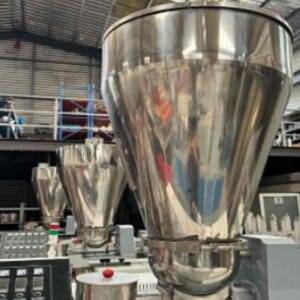Welcome to My Blog!
Before we dive into the content, I’d love for you to join me on my social media platforms where I share more insights, engage with the community, and post updates. Here’s how you can connect with me:
Facebook:https://www.facebook.com/profile.php?id=61567891941530
Now, let’s get started on our journey together. I hope you find the content here insightful, engaging, and valuable.
Caisu Machinery sells a variety of used plastic pipe production equipment. The products are of high quality and low price. Welcome to contact us for consultation and purchase. We will be happy to serve you.
Table of Contents
Introduction
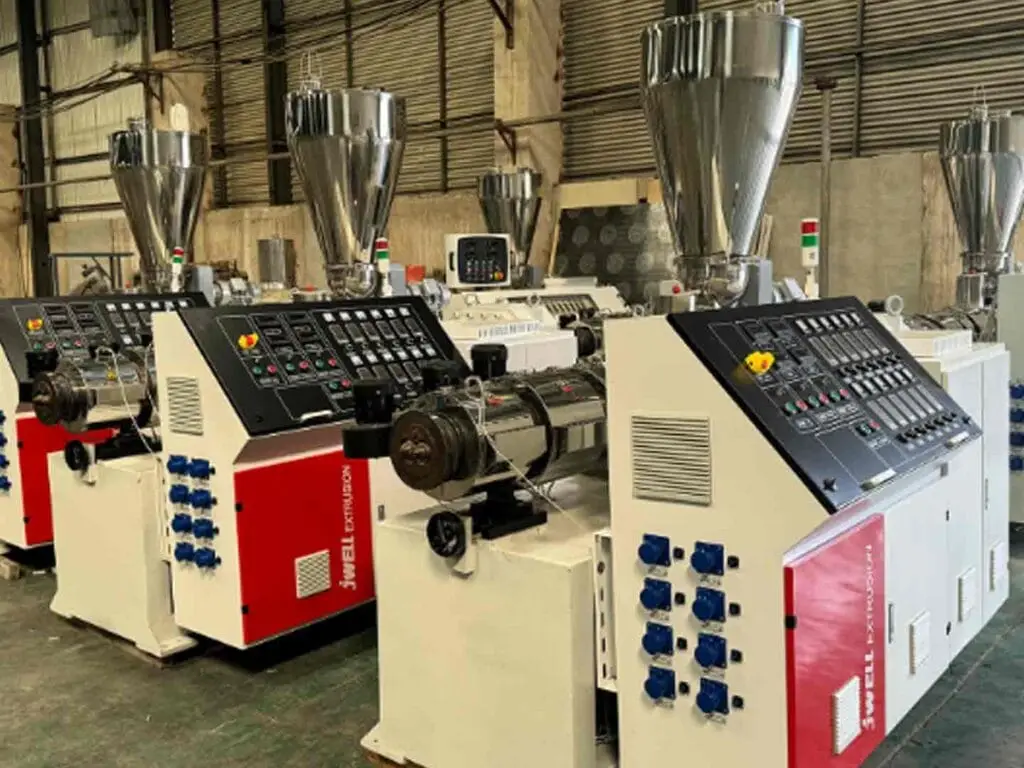
The extruder screw is the heart of any extrusion system, playing a critical role in determining the efficiency and quality of the extrusion process. Its design directly influences the melting, mixing, and metering of materials, making it an essential component for industries ranging from plastics to food processing.
This comprehensive guide will cover the fundamentals of extruder screw design, the factors to consider, and how the right design can optimize performance for your specific application. Whether you’re involved in manufacturing or engineering, understanding extruder screws is key to improving productivity and product quality.
What is an Extruder Screw?
An extruder screw is a rotating mechanical component that processes raw materials into a consistent, usable form. It functions within an extruder barrel and is responsible for material feeding, melting, mixing, and pushing the molten material toward the die for shaping.
Extruder screws come in various designs and configurations, tailored to the materials being processed and the desired output. Common materials processed include plastics, rubber, and food-grade substances.
Key Components of Extruder Screw Design
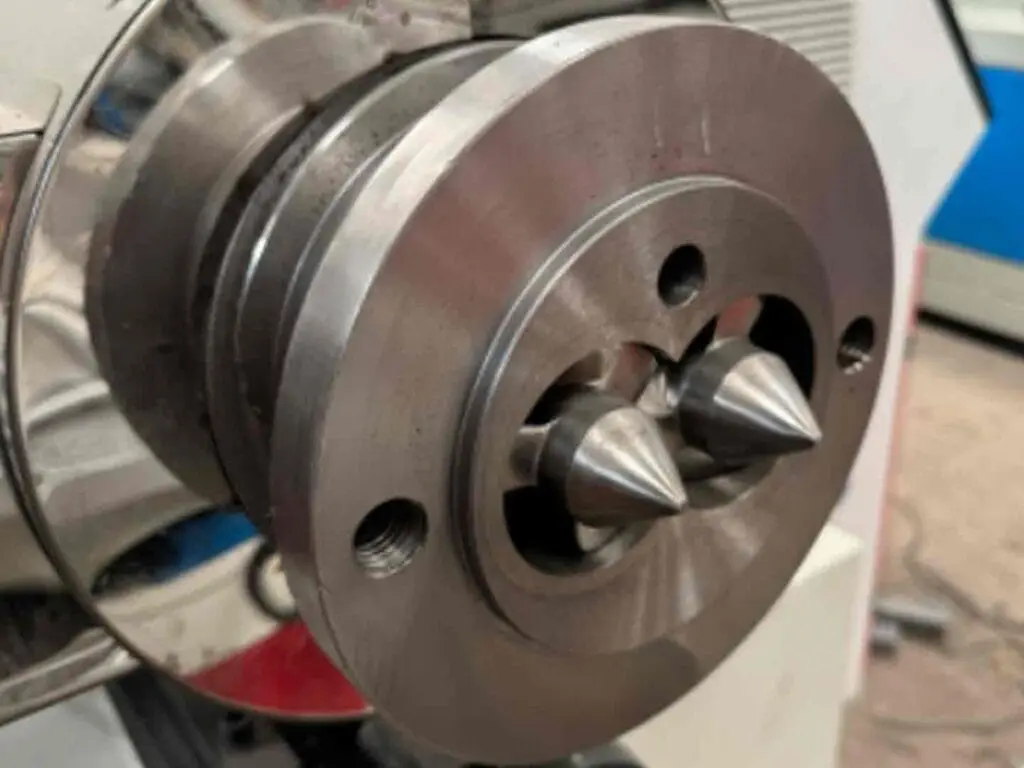

Feed Section
The feed section of the screw is where raw materials are introduced into the extruder. The primary function here is to ensure a consistent flow of materials into the screw. A well-designed feed section minimizes blockages and ensures smooth operation.
Compression Section
The compression section is where materials are melted and mixed. This part of the screw generates heat through shear forces, softening the material for the extrusion process. Proper design in this section enhances melting efficiency and reduces energy consumption.
Metering Section
The metering section ensures a uniform output of molten material to the die. Consistency in this section is critical for producing high-quality products with precise dimensions.
Screw Flights
Screw flights, or the helical ridges on the screw, are designed to guide material along the screw’s length. The pitch, angle, and depth of the flights vary depending on the material and extrusion requirements.
Channel Depth and Flight Pitch
The channel depth and flight pitch directly impact material flow and processing time. Shallow channels improve mixing, while deeper channels facilitate faster material movement.
Factors Influencing Extruder Screw Design
| Factor | Description | Impact on Performance |
|---|---|---|
| Material Properties | Type, viscosity, and thermal sensitivity of materials. | Determines screw geometry and processing speed. |
| Extrusion Process | Type of extrusion: single-screw or twin-screw. | Impacts melting and mixing efficiency. |
| Throughput Requirements | Desired output rate of the extrusion process. | Affects screw dimensions and speed. |
| Application | Product requirements such as shape and consistency. | Dictates design complexity and customizations. |
| Temperature Control | Cooling or heating system requirements. | Influences energy efficiency and product quality. |
This table highlights the critical factors that must be evaluated when designing or selecting an extruder screw for a specific application.
Types of Extruder Screws
Single-Screw Extruders
Single-screw extruders are the most common type and are widely used for simple extrusion tasks. Their straightforward design makes them cost-effective and easy to maintain.
Twin-Screw Extruders
Twin-screw extruders provide better mixing and are suitable for complex processes, such as compounding or processing multiple materials simultaneously. They are available in co-rotating and counter-rotating configurations.
Barrier Screws
Barrier screws are designed to separate melted material from solid material, ensuring better melting efficiency and consistent output.
Mixing Screws
Mixing screws incorporate specialized elements to enhance the homogeneity of the material. They are ideal for applications requiring precise material blending.
Vented Screws
Vented screws are designed with a venting zone to release trapped gases, improving product quality and reducing defects.
Optimizing Extruder Screw Performance
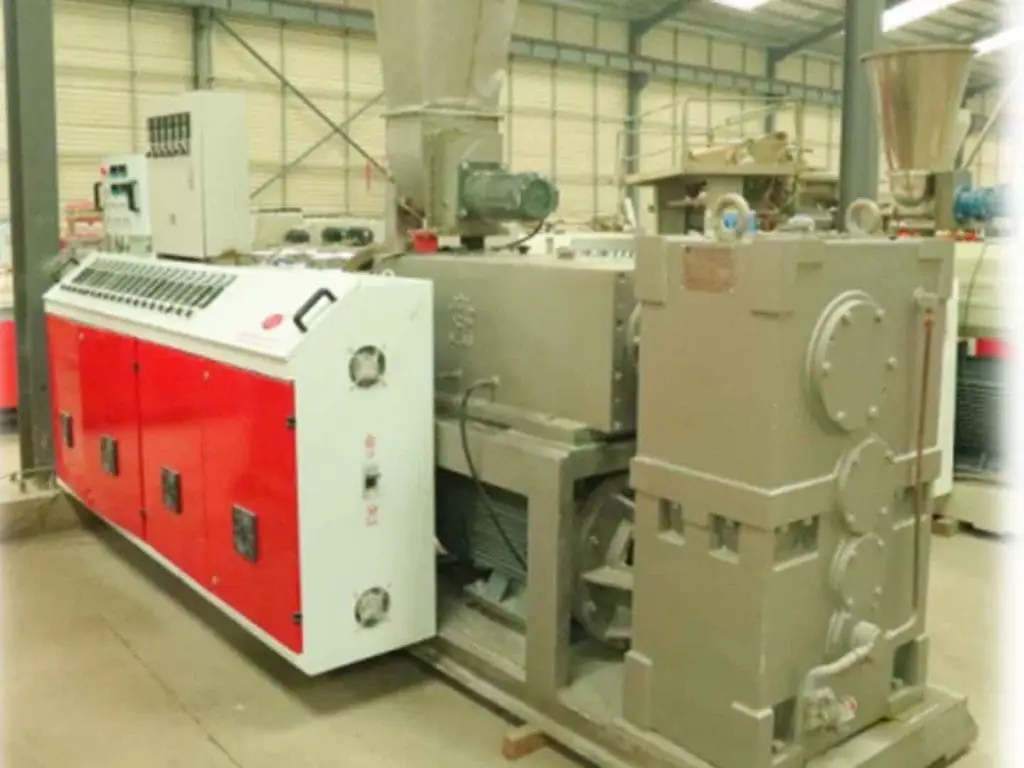
Select the Right Material
The material of the extruder screw should be durable and resistant to wear, corrosion, and high temperatures. Common materials include tool steel and nitrided alloys.
Monitor Operating Parameters
Regularly monitoring parameters like screw speed, temperature, and pressure ensures optimal performance and reduces downtime.
Maintenance and Cleaning
Proper maintenance, including cleaning and lubrication, extends the lifespan of the extruder screw and prevents operational issues.
Use Advanced Coatings
Applying advanced coatings, such as chrome or ceramic, enhances the screw’s resistance to wear and corrosion, improving its longevity and performance.
Conclusion
The extruder screw is a critical component that determines the efficiency and quality of the extrusion process. Understanding its design, types, and operational factors is essential for optimizing performance and achieving consistent results.
At Guanglei, we specialize in manufacturing high-quality extruder screws tailored to your specific needs. Whether you need a single-screw extruder for basic tasks or a twin-screw extruder for advanced applications, we have the expertise to deliver superior solutions.
FAQ
What is the primary function of an extruder screw?
The extruder screw processes raw materials by feeding, melting, mixing, and pushing them toward the die for shaping.
What are the main types of extruder screws?
Common types include single-screw extruders, twin-screw extruders, barrier screws, mixing screws, and vented screws.
How do I choose the right extruder screw for my application?
Consider factors such as material properties, extrusion process type, throughput requirements, and specific product needs.
What materials are used to manufacture extruder screws?
Extruder screws are typically made from tool steel or nitrided alloys for durability and wear resistance.
How often should extruder screws be maintained?
Regular maintenance should be performed based on the frequency of use and the materials being processed. Cleaning, lubrication, and inspections are crucial.
What are the benefits of using a twin-screw extruder?
Twin-screw extruders offer better mixing capabilities, higher throughput, and the ability to process complex materials.
Can extruder screws be customized?
Yes, extruder screws can be customized to meet specific application requirements, including geometry, flight design, and material coatings.
